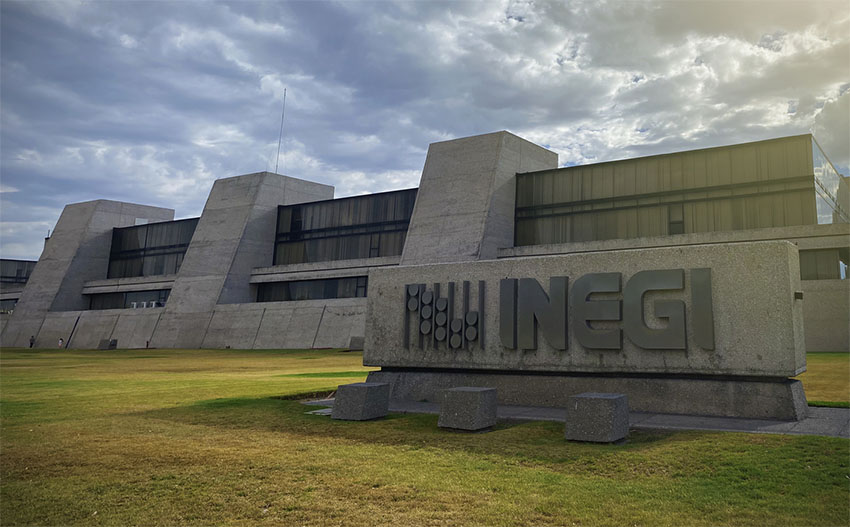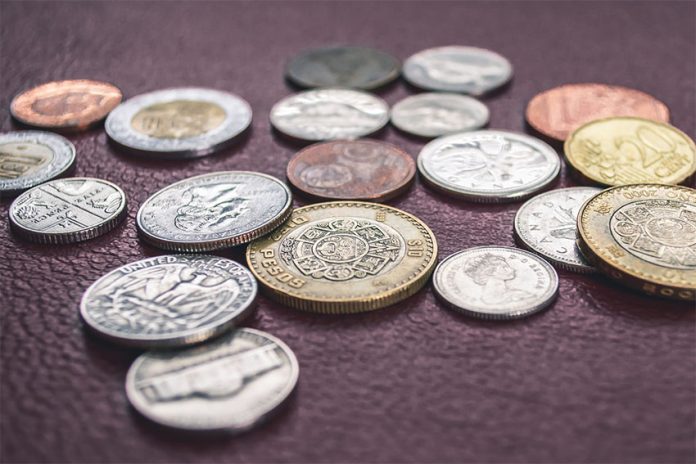Mexico’s annual headline inflation rate eased slightly in the first half of November, but core inflation rose to its highest level in 22 years.
The national statistics institute INEGI reported Thursday that consumer prices were 8.14% higher in the first half of the month compared to a year earlier. The headline rate improved from annual inflation of 8.41% in October, and has now declined for five consecutive half-month periods.
However, it is still well above the central bank’s target of 3% inflation give or take a percentage point. INEGI said that headline inflation rose 0.56% in the first half of the month compared to the second half of October.
Annual core inflation, which strips out some volatile food and energy prices, increased to 8.66% from 8.42% in October. The rate is the highest since August 2000.
Bank of México Deputy Governor Jonathan Heath believes that core inflation — which he has described as “the greatest concern” — will peak at around 8.7% this month or next.
“At the beginning of … [next] year we’re expecting a downward trajectory” in the core inflation rate, he said in a Banorte podcast released Wednesday.
INEGI data shows that the grouping of processed food, beverages and tobacco was a major driver of the high core inflation rate. Prices for those products rose 14.1% in the 12 months to the first half of November, while goods in general were 11.5% more expensive. Services were 5.4% dearer in annual terms.
Among all the goods and services monitored by INEGI, meat has risen the most sharply over the past year with prices up 14.26%. However, prices for fresh food including meat fell in annual terms in early November compared to October, and thus contributed to the decline in the headline inflation rate.

Publication of the latest inflation data comes two weeks after the Bank of México lifted its benchmark interest rate by 75 basis points to a new record high of 10%. Seeking to tame high inflation, the central bank has lifted its key rate by 75 basis points after its last four monetary policy meetings, following the lead of the United States Federal Reserve on each occasion.
In the Banorte podcast, Heath said that continuing to move “more or less in line with the Fed is very important in the short term.”
“… When we see that the inflation problem is defeated in both countries, then each [central bank] will take decisions that could mean a decoupling,” he said. However, any possible decoupling isn’t “around the corner,” Heath said.
Of 30 analysts polled by Citibanamex this week, all but one predicted that the Bank of México will raise its key rate by 50 basis points to 10.5% following its December 15 monetary policy meeting. Minutes from the Federal Reserve’s monetary police meeting in early November suggested that Fed officials were likely to slow the pace of interest rate hikes to 50 basis points in December.
High interest rates in Mexico are seen as one factor contributing to the current strength of the peso, which was trading at about 19.4 to the U.S. dollar on Thursday morning.
With reports from El Financiero and Excélsior
